Late this year, the research team had five brand new tracking collars arrive from Europe after many months of planning. The collars were to be placed on cheetahs on the western side of Botswana to help uncover what their land-use preferences were, home range patterns and whether or not they were crossing the international border between Botswana and Namibia. But after 23 grueling days of trapping and after countless miles had been driven to check the traps, not one cheetah had been caught. With the vet leaving Ghanzi town, the team had no option but to lock the traps open once again, heavy with disappointment. In October, the vet had returned and they got their second chance. After another 15 days of trapping the research team finally caught a break, with a male cheetah being caught. We promptly named this cheetah Gio, after a 10-year-old boy from The Netherlands who conducted several fundraisers for CCB to raise the money for his tracking collar. It was only nine days later that the team got lucky again, catching, almost unbelievably, a female cheetah at a cheetah marking tree. Female cheetahs very rarely visit cheetah marking trees and this cat was only the second female cheetah that CCB has ever caught for research purposes in 18 years. The information we would get from her tracking collar would be invaluable to our research efforts, and her collaring was a huge emotional boost for the research team, who had worked so hard to make it happen.
Weeks later, the research team was enjoying the plentiful data that had been streaming in. With points coming in every five minutes, the research team eagerly updated the rest of the CCB staff about the two cheetahs’ movements across the farmlands. The female cheetah was showing an interesting behaviour of going back and forth to different sites, over and back again over the course of the weeks. Gio had moved an incredible distance since he had been collared and had settled in a lovely area of cheetah habitat, moving between two game farms with plentiful wildlife to feed on. Sadly, late in the evening on Sunday 22nd November the research team received an alert from Gio’s collar that it had stopped moving. The “mortality alert” registers when the collar hasn’t moved for several hours and we knew that this could only be bad news. Mobilising our field team in the dead of night, they travelled for three hours through the bush to his last known location, hoping against all odds that they would find just the collar which may have somehow fallen off, but that Gio was still alright. Sadly, instead they found his body lying amongst the tall grass in the darkness. To say that the research team and the entire CCB team as a whole were devastated by this news is a gross understatement. When you work so hard and put so much into your work, a loss like this can be felt most acutely. The research team in particular, felt this loss extremely hard. CCB’s research coordinator Michelle Kral said the night they lost Gio. “It’s just so hard that you do everything within your power to protect and save them and then this happens under your watch.”
Aside from a wound from scavenging jackals on his hind leg, there was no obvious signs to indicate what had caused Gio’s death. Along with the CCB team, we mobilised the antipoaching staff of the Department of Wildlife and National Parks to investigate the scene the next morning, but with the disturbances caused by scavengers no accurate conclusion could be made, though we were able to rule out poaching or other human-induced causes of death. Lightning strike or snakebite were considered as possibilities, though we will never know for sure. There is some solace in the fact that we could rule out poaching or shooting as the cause for Gio’s death. After so many years of hard work to reduce human-induced cheetah mortalities, the fact that he died of “natural” causes brings us some comfort. Although devastating, the loss of Gio reminds us that cheetahs have it incredibly tough in the wild. Not only are they facing competition from larger carnivores, the daily battle to find enough food and the various natural threats present in the wild Kalahari, but they also face the mounting threat of climate change, the ongoing persecution from farmers and the growing threat of illegal trade which combine to make life for cheetahs fraught with dangers. Losses like this help solidify our resolve that this is why we do what we do. This is why our team works so hard, together with the Department of Wildlife and National Parks and people like Gio who raised the funds, to offer a voice for the voiceless, to push boundaries and to seek solutions to complex problems in the face of endless challenges. Our job is not only to protect cheetahs, but to discover what is happening to them on the ground. And if it weren’t for Gio’s collar, we would have never even known he had died. The knowledge of how cheetahs are dying, even if by natural means, is vitally important for us to continue to protect this important source population of cheetahs.

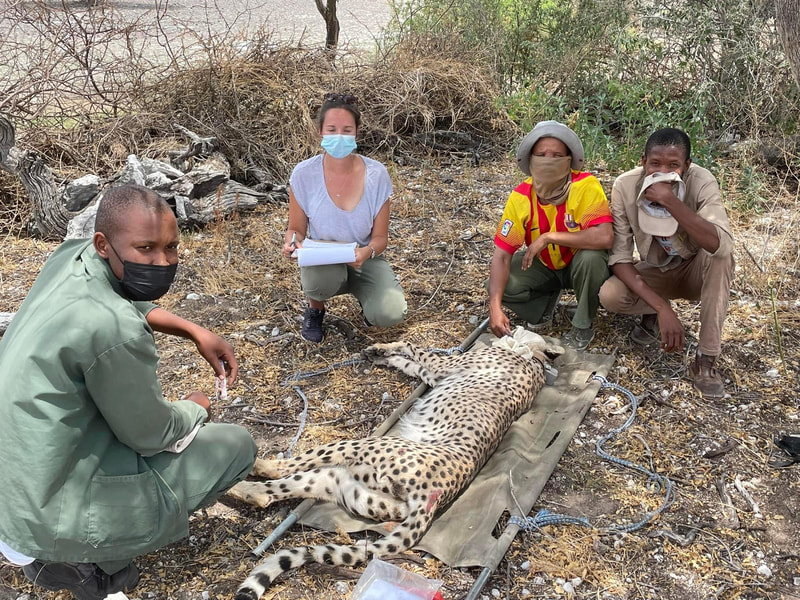
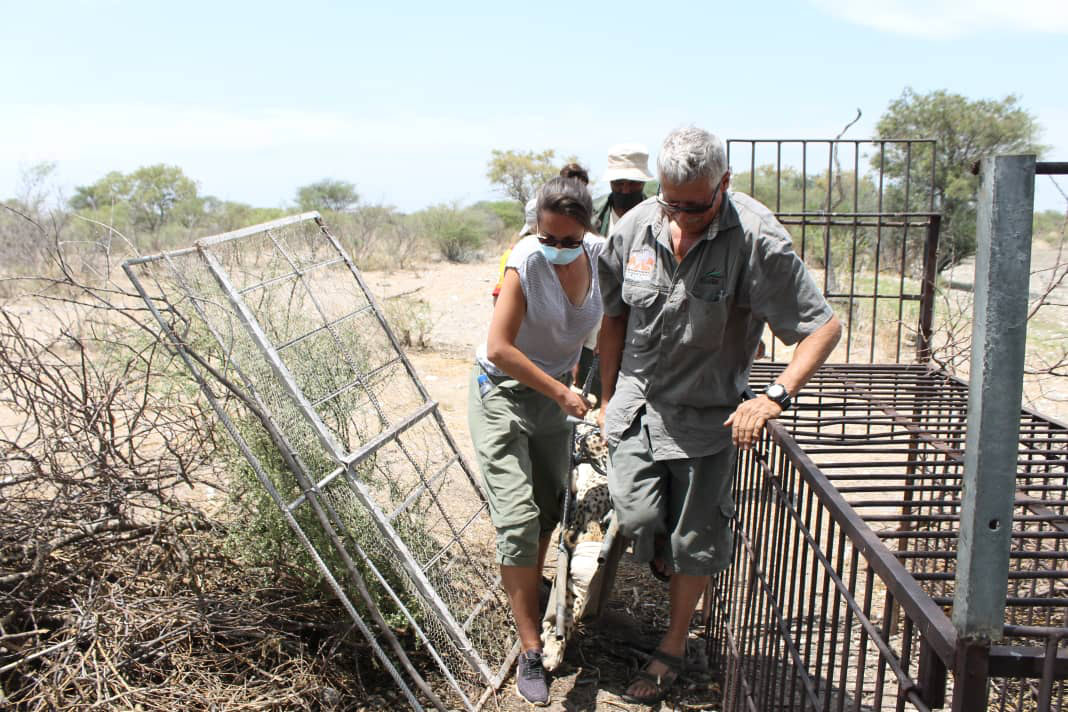
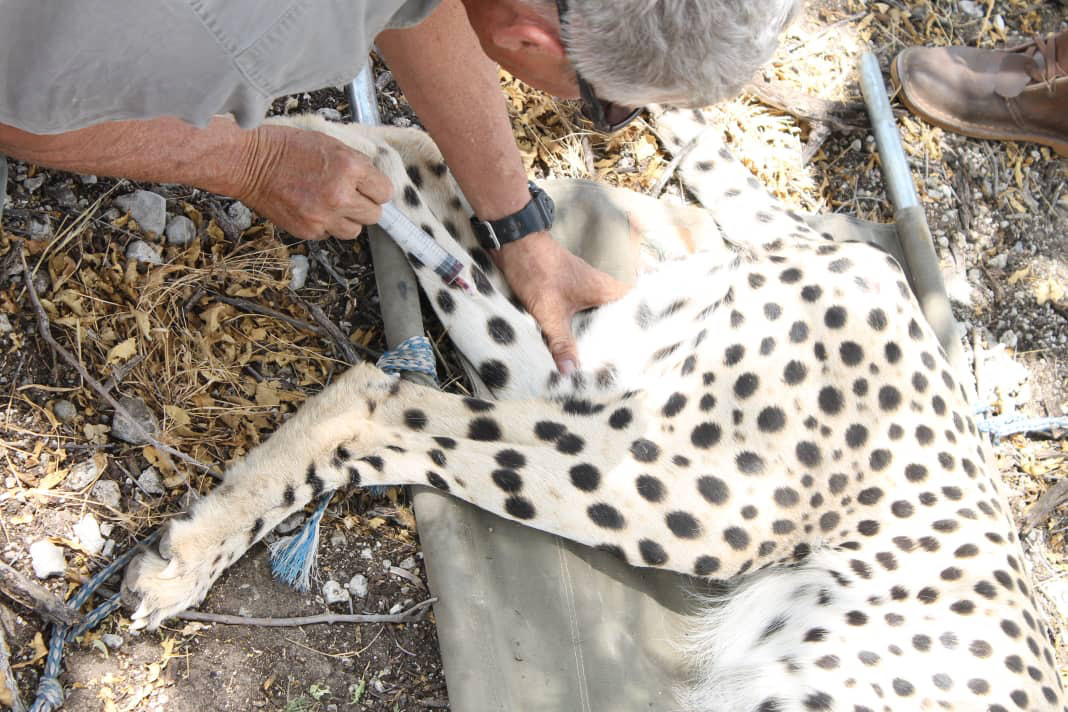
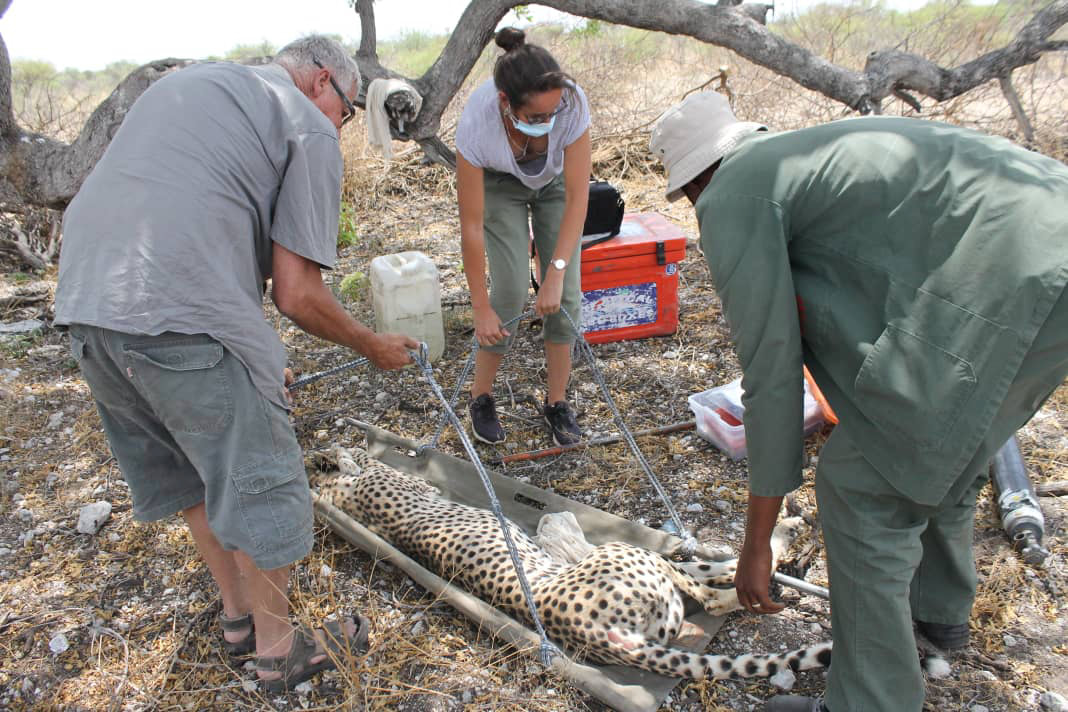
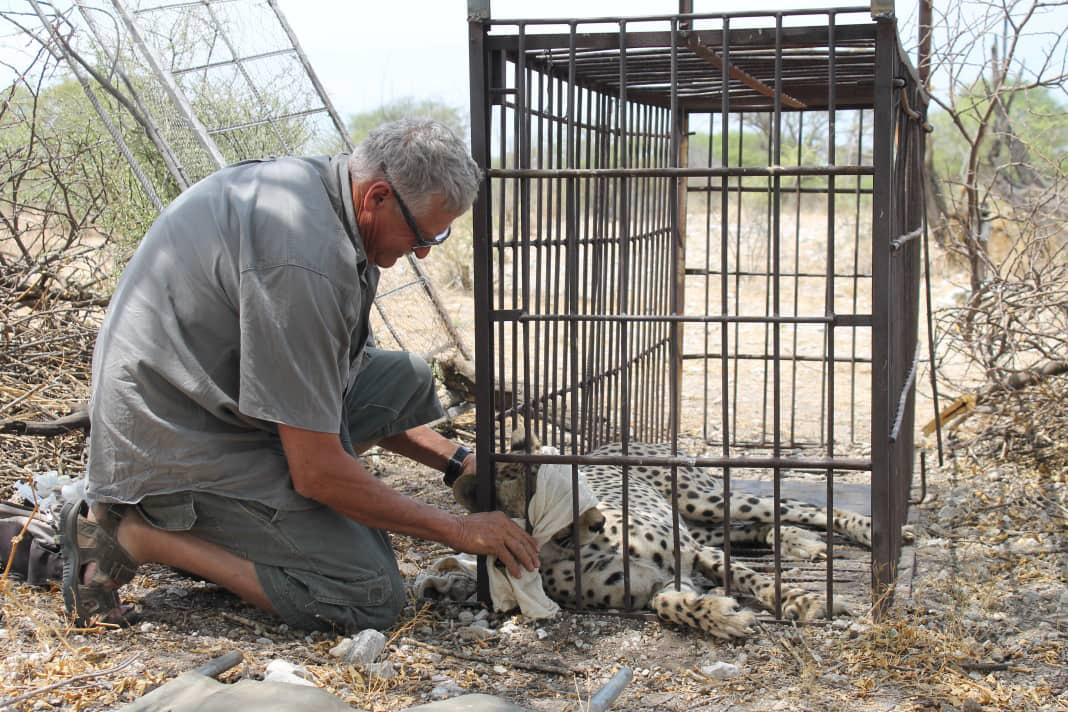
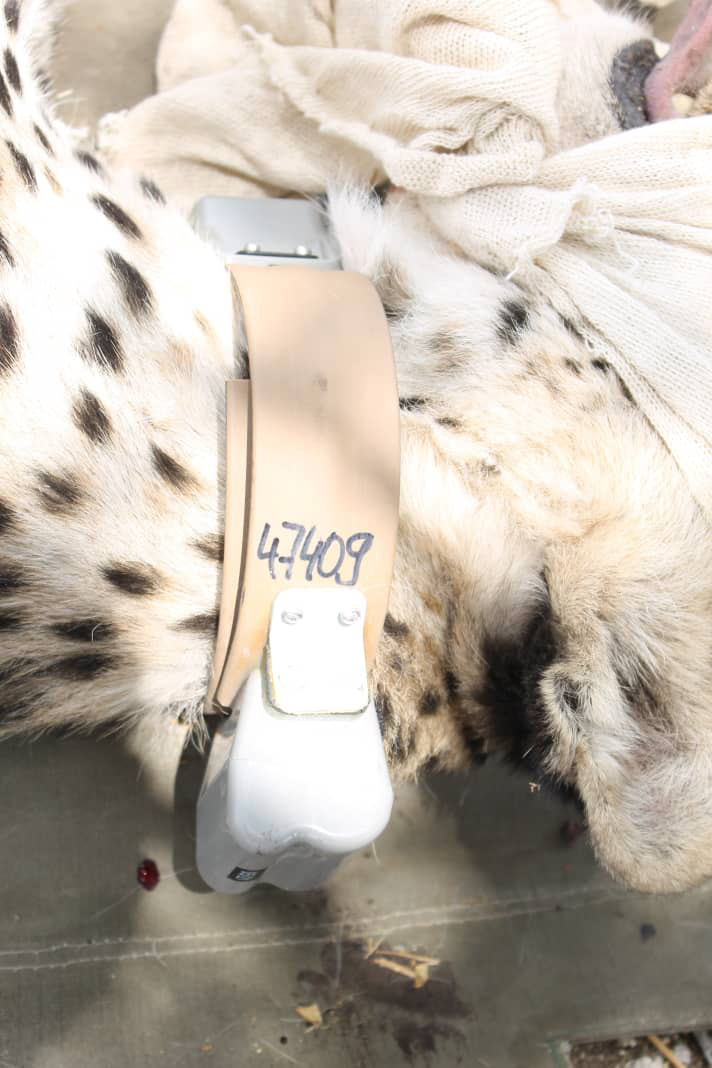
 RSS Feed
RSS Feed
